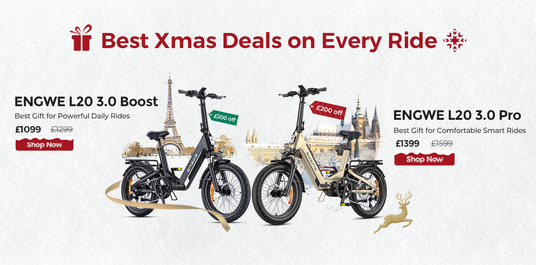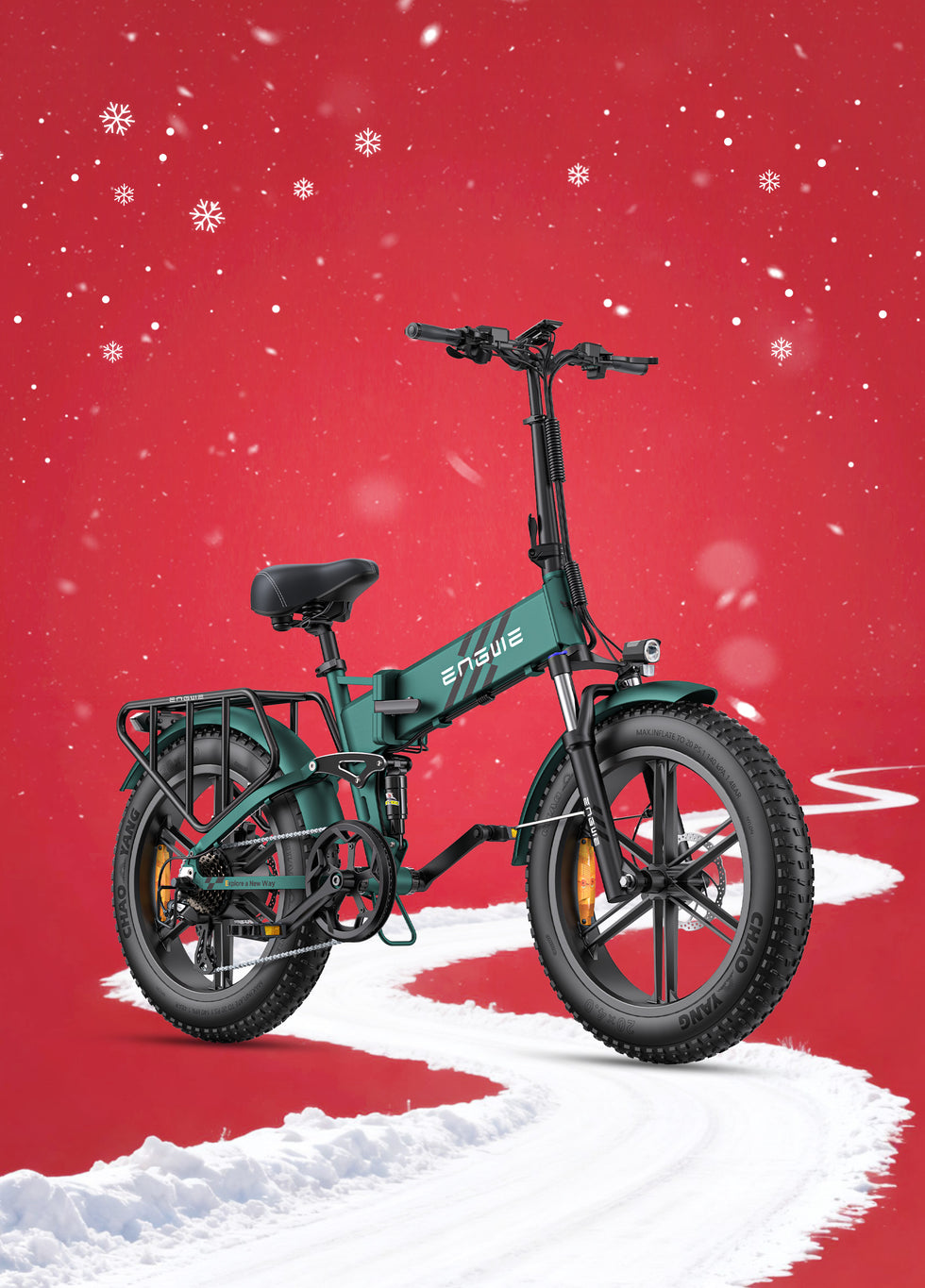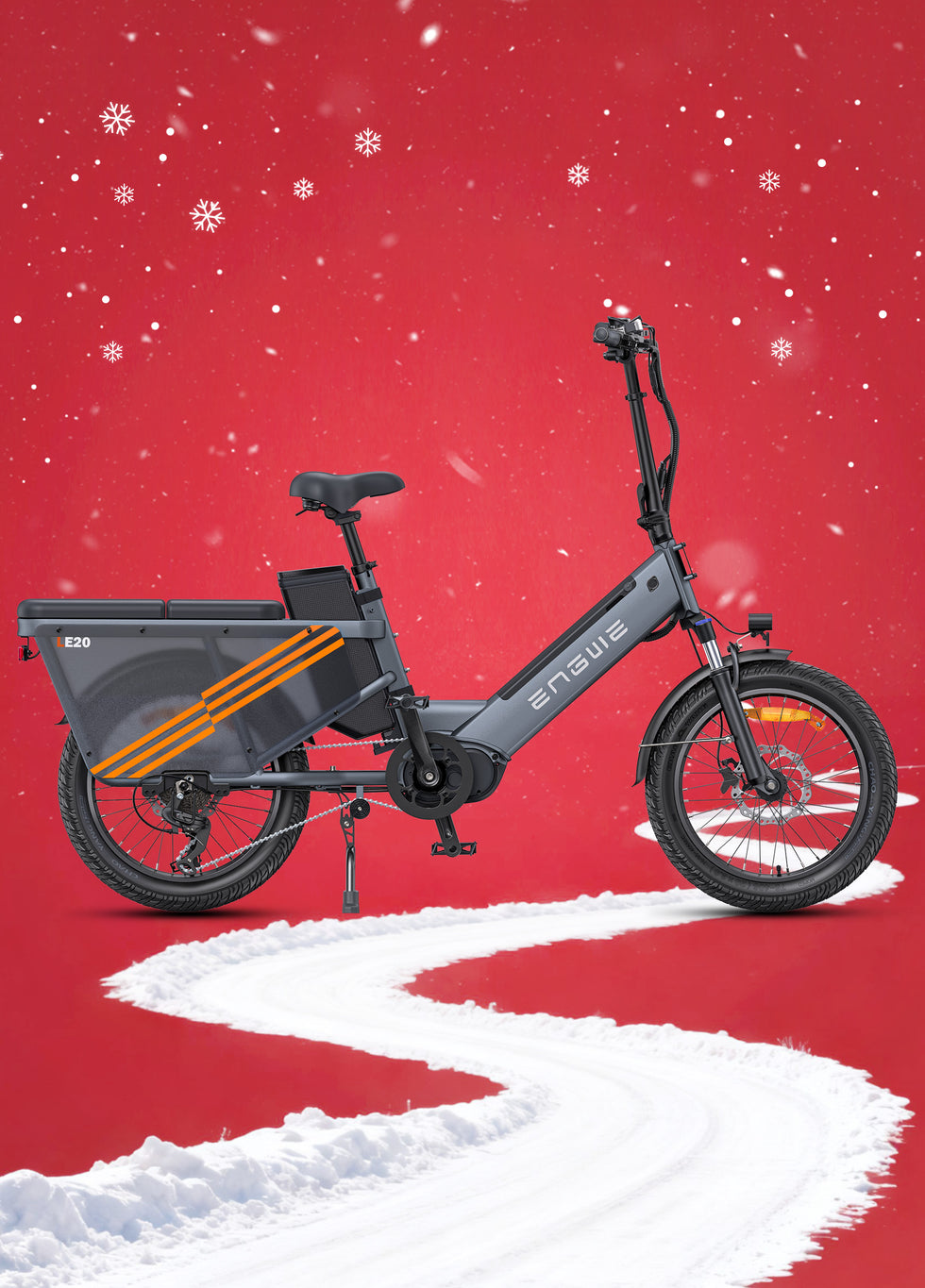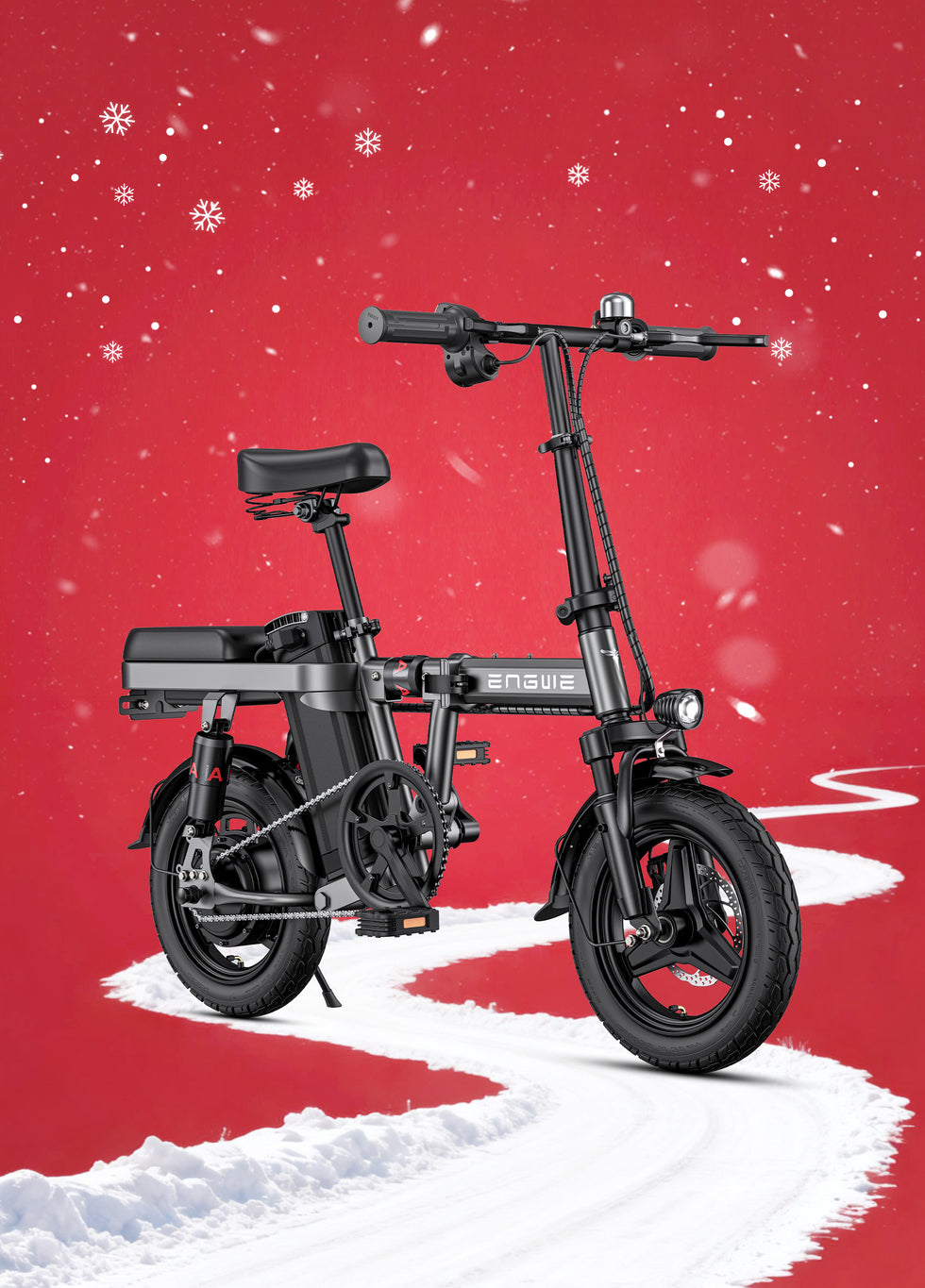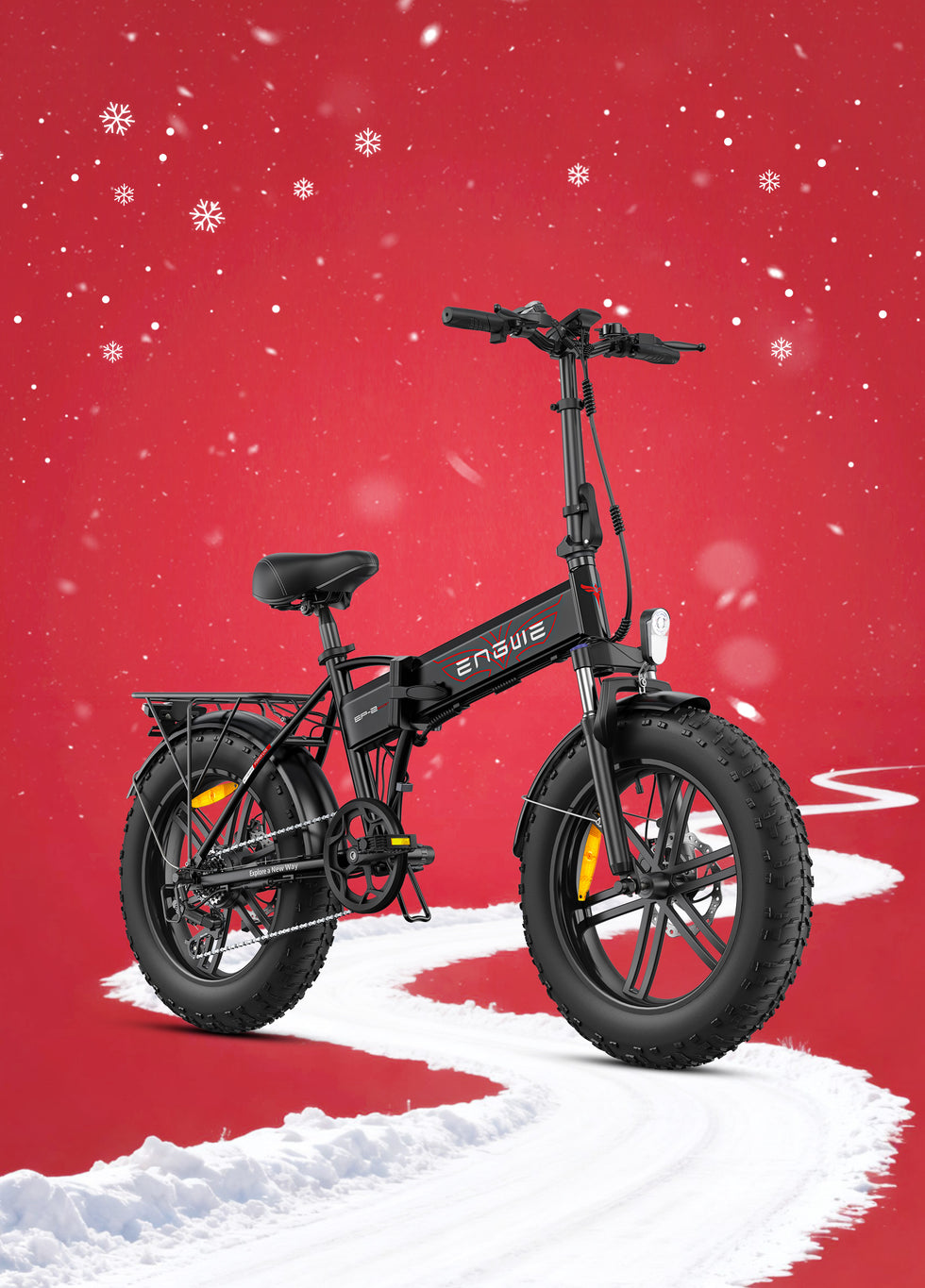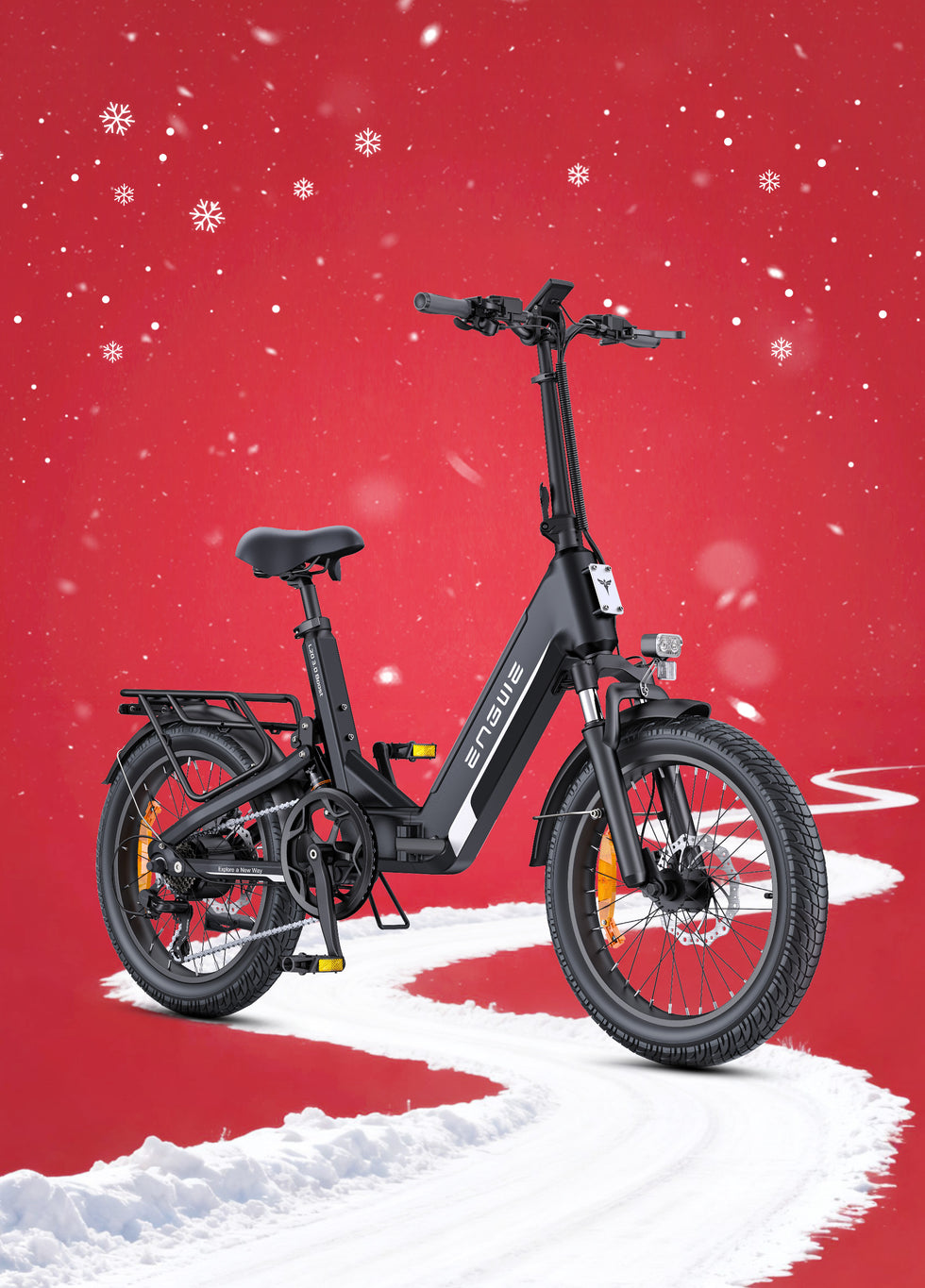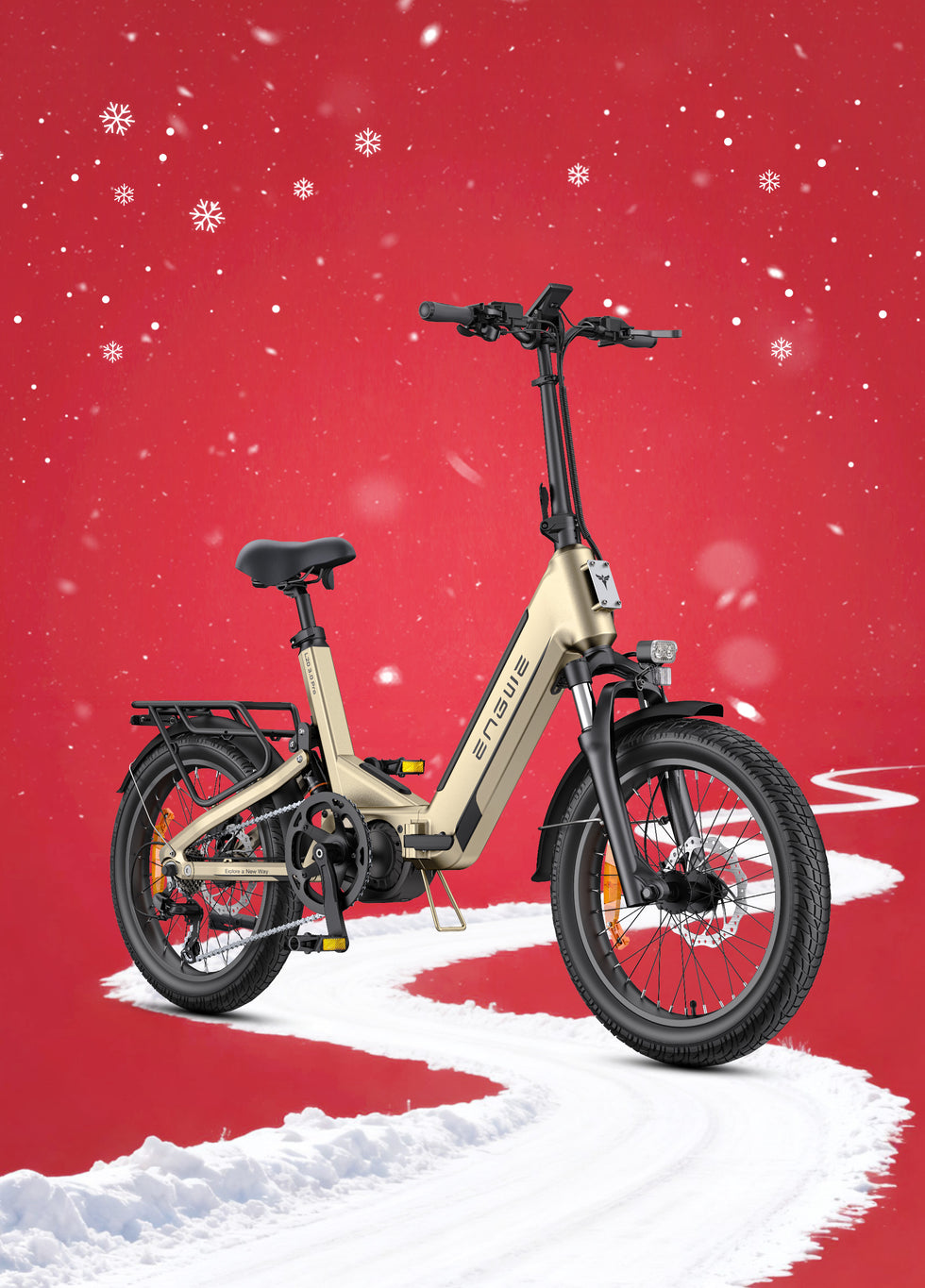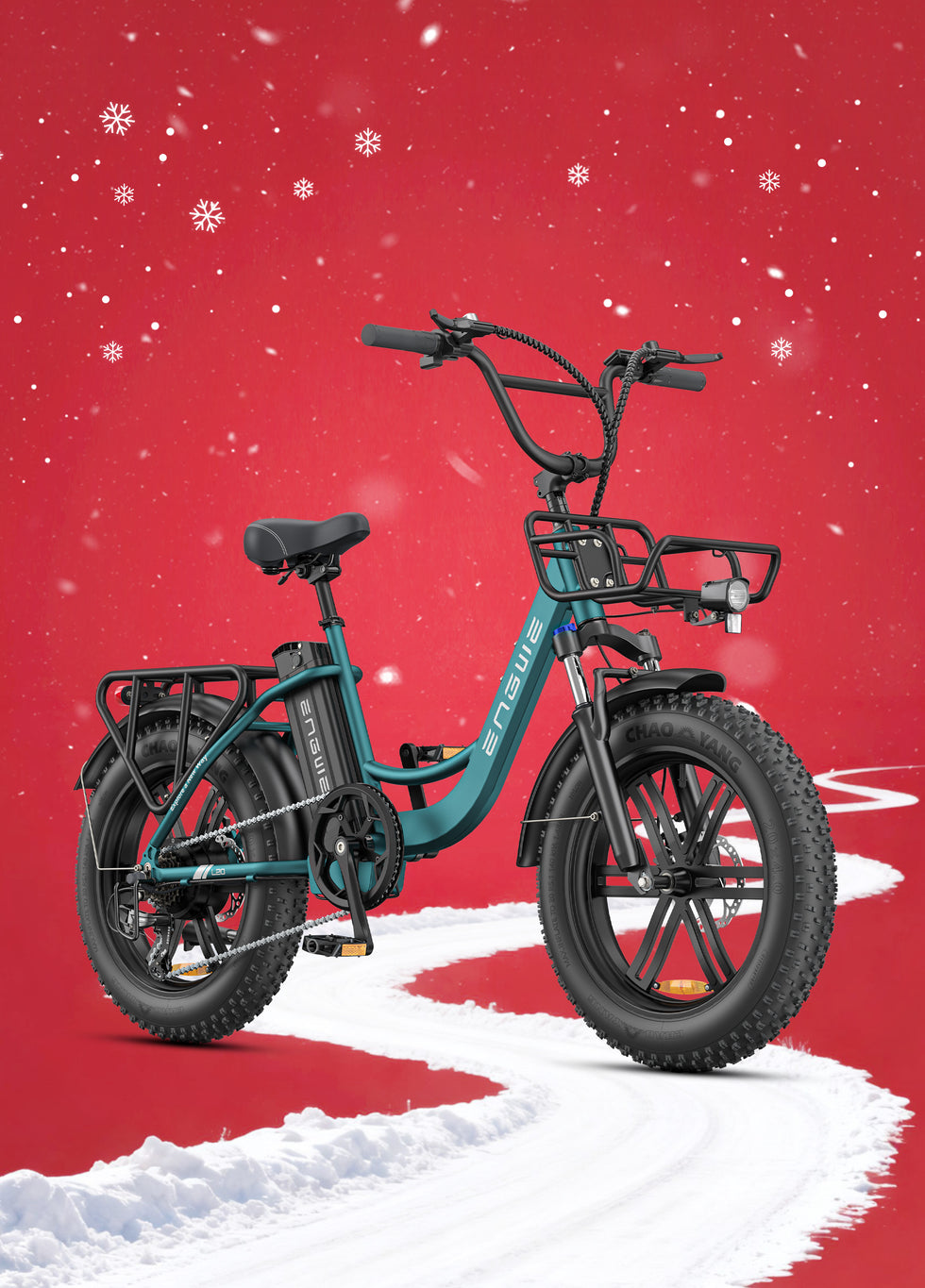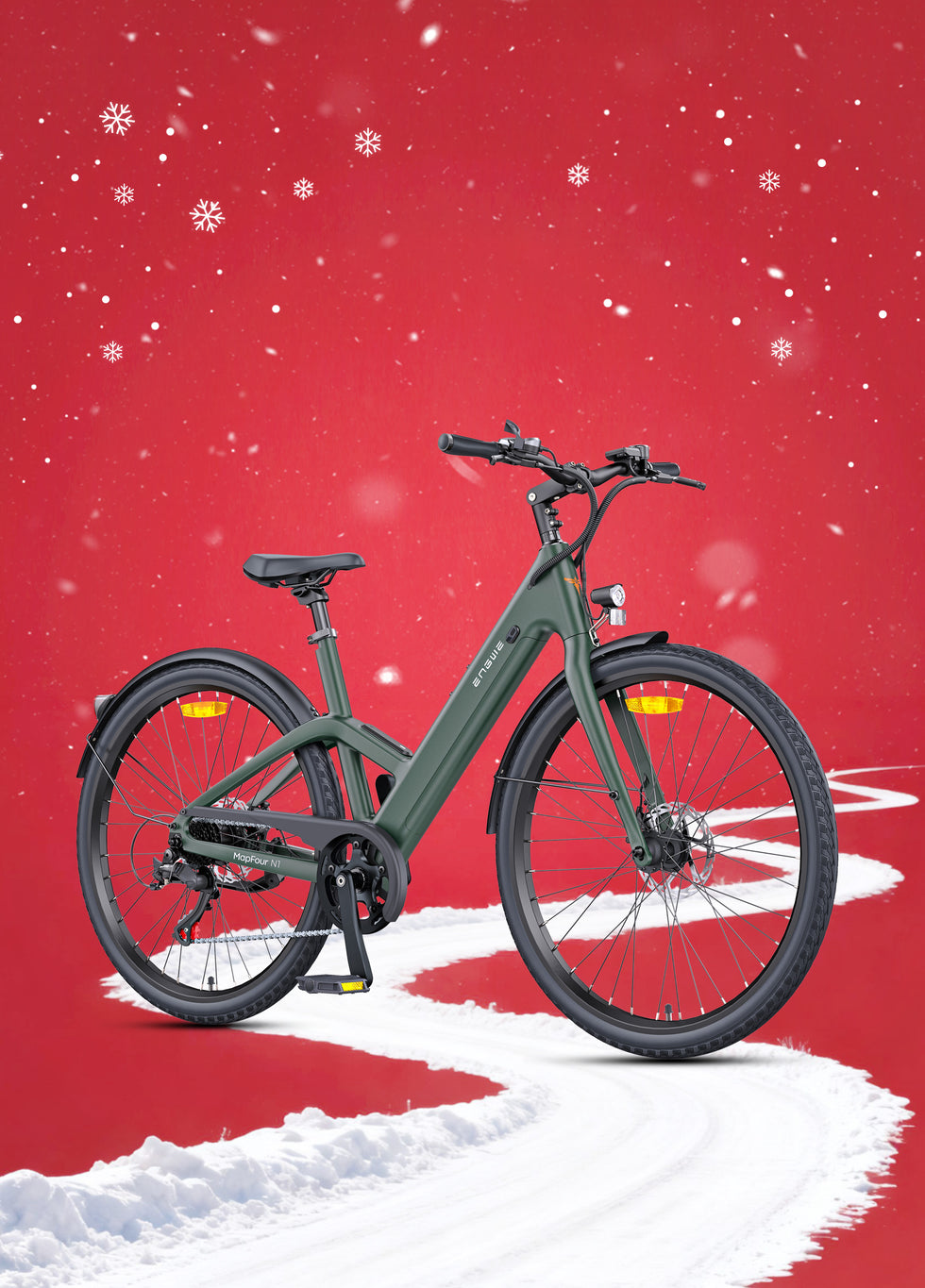Understanding E-Bike Battery Weight: More Than Just a Number
When you’re brand new to the world of electric bikes, the question seems easy enough: how heavy is an e-bike battery? You’re probably wondering, because you’re considering owning one. Am I going to be able to haul it up the stairs to my flat? Can I get it onto a car rack? Is a heavier bike a better bike? The short and sweet answer is that most electric bike batteries will fall in the 2 kg to 5 kg range (4.5 to 11 lbs). But really, that number alone is almost meaningless. The actual, useful answer is in *why* they weigh as much as they do, and what that weight *means* for your power, your range, and your overall riding experience. This isn’t just about a numeral on a scale; it’s about identifying the ideal mix of power and portability that meets your needs.
What Determines a Battery's Weight?
A battery's weight is predominantly affected by its size. It’s a bit like the gas tank in a car: If you have a bigger tank, you can go farther, but you are also adding weight. In the electric bike world, energy is expressed in Watt-hours (Wh). The larger the Wh number, the more energy is stored inside; that means more range. We can do that because of the individual lithium-ion cells sandwiched inside the battery casing. The more cells, the more capacity, and thus the more weight. For the casual rider just running around town, a smaller, lighter battery (300Wh, say) may do the trick. For those looking to go on longer-distance trips or ride in hilly areas, you’re going to need a 500Wh, 625Wh, or even larger battery, and all of these are obviously going to move the weight of the battery up towards the top end of that 2-5 kg scale.
Over and above capacity, the physical design and location of the battery add even more weight to a bicycle and, more importantly, affect how a bike performs. You will find batteries that are integrated into the downtube, others that are mounted externally on the downtube, and some that are fitted to a rack above the rear wheel. Built-in batteries ensure a neat, sleek look and protect the battery from the elements. But the case needed to make them strong and removable inside the frame could be heavy. Rack-mounted batteries are easy to get to, but you have your weight high and at the rear, which can have an effect on the balance of the bike and make it feel a bit heavy in the corners. An externally mounted downtube battery is usually a decent compromise as well, as it keeps weight low and centred, improving stability and handling. The type of plastics or lightweight aluminium alloys used in the casing will of course have an effect on the eventual weight of the whole unit.

The Critical Trade-Off: Weight vs. Range
All this leads us to the critical trade-off every would-be e-bike owner needs to think about: weight versus range. Technically speaking, a 2kg battery that feels like a feather is great for lifting and gives a nimble bike, but you might wind up with "range anxiety" on anything but the very shortest commutes. On the other hand, a 5 kg battery can give you the confidence to ride all day, but it turns the bicycle into an unwieldy monster to carry up a flight of stairs. The trick is to be realistic about what it is you use the most. For city commuters who might feel the need to tote their bike up steps, into buildings, or onto mass transit, a lighter battery on a folding electric bike might be the way to go. A mid-weight battery positioned low and centre in the frame is essential to providing a responsive, stable ride, especially in off-road situations like trail riding or mountain biking. For long-distance tourers, maximum volume will nearly always take precedence, and the additional weight will be a happy trade-off for the freedom to push on deeper into the unknown.
Finding the Right Balance: A Case Study
When it comes to a bike that has been able to balance all these aspects, you can hardly ignore what ENGWE has come up with. They distinguish themselves by consistently delivering bikes that are big on power and packed with features while being able to be efficient with the weight-to-performance factor. This is the case for the ENGWE EP-2 Boost, for instance. It comes standard with a powerful 48V 13Ah lithium-ion battery that offers riders an impressive range of up to 120 km (in pedal-assist mode) – meaning that they can now ride worry-free on most applications. What’s really amazing about its design is that this high-capacity battery is 100% removable. What this means in practice is that the process of picking up your bike and carrying it becomes a lot less cumbersome, since even though the bike weighs in at 30 kg, the battery can be removed and charged separately – or just kept indoors instead – so that you don’t have to carry around every last gram of that 30 kg. This feature above all else resolves one of the most irritating practical niggles of e-bike possession. The EP-2 Boost isn’t one tricked by battery power alone, with a powerful 250W motor and torque of 55Nm working as part of a system that incorporates a Boost button for an explosion of power on ascents. It also has a torque sensor for smooth and natural power delivery. Paired with its all-terrain 4.0-inch fat tires, 180mm disc brakes, and easy-to-use upgraded frame, the EP-2 Boost is one of the most well-rounded bikes on the market today that offers both quality on and off-road performance.

So you can better understand how these factors translate to you, I have made a table with some general user complaints about e-bike battery weight.
| User Problem or Question | Why It’s an Important Consideration | What to Look for in an E-Bike |
|---|---|---|
| I just need the number value of weight. | A raw number (say 3kg) is a bare number baseline, with no indication of performance or range. It is where your research begins, not where it ends. | Quick Tip: As soon as you find the battery weight information (usually in kg or lbs) on the spec sheet, cross-reference it with the capacity in Watt-hours (Wh). |
| How can I balance long range with a bike that I can lift? | This is the core trade-off. More range (more Wh) means more weight. You want a battery that suits your realistic daily use, not your panther paramour fantasy commute. | Look for bikes with removable batteries. Because of this, you’re able to pull out/remove the heaviest single part, which makes the frame a lot lighter to lift and carry. |
| Where the battery is mounted appears to impact how the bike rides. | The centre of gravity is dependent on the location of the battery. A high or rear-mounted battery can also give a bike a top-heavy feel, and it also feels less stable in turns. | Seek models with batteries that are built into the downtube or attached to it. It helps keep the weight down and at the centre of the bike, which makes it handle better and more naturally. |
| I ride in town and on the trails. What should I choose? | A commuter may want a lighter bike that is easier to carry. A mountain biker requires a battery that delivers the range to cover large trails, without sacrificing agility. | A mid-range, mid-to-high capacity battery on an all-terrain model is a good option. Fat tires and front suspension will matter as much as the battery does. |
Lastly, the weight of an e-bike battery, although important, is part of a greater equation. It's a real number that has a direct impact on your range, the bike’s handling, and, ultimately, your comfort in the saddle on any given day. By looking past the raw number and considering capacity, placement, and your personal riding habits, you can take the mystery out of the equation and find an e-bike that feels as though it were designed specifically for you.

Frequently Asked Questions
1. So what percentage of the weight of an e-bike is the battery?
The battery is generally one of the heaviest parts of an e-bike, aside from the frame itself. As a rule of thumb, an e-bike weighs 20-30 kg (45-66 lbs). With batteries weighing anything from 2-5 kg, you can see where a battery can represent from 10% all the way up to 25% of the overall weight of the bike. This is why a removable battery is such a game-changer if you have to carry it assembled – you can immediately drop a big chunk of the overall weight in one fell swoop.
2. Are heavier batteries more powerful?
Not necessarily. Weight (and capacity) must not be confused with power. The weight is mostly about the battery capacity (measured in Wh = Watt-hours), which tells you how far you can go. Bike power is a function of the motor (Watts) and the controller, which affects the acceleration and the energy transfer between the battery and the motor. A low-power motor can be matched with a big, heavy battery to let you gobble up miles. Conversely, you can combine a smaller capacity, lightweight battery with a high-power motor for a really zippy ride that won't last as long.
3. If I purchase an e-bike, could I upgrade to a lighter battery at a later date?
This is very hard, and you often can’t do it. E-bike batteries are generally proprietary to the frame and electronic system of the bike model. Very few of the casings, mountings, and electrical connectors are common between brands, or even between various models built by the same brand. It might be possible to find a battery that is lighter but at a lower capacity, and that is compatible and safe to use with the remainder of your bike system, but it would probably be prohibitively difficult to find. So, it’s always best to get a bike with a battery weight and capacity that matches your needs to begin with.
4. Is charging time affected by the weight of the battery?
Yes, there's a relationship. A heavier battery typically has more Watt-hours (capacity). A larger capacity means more cells to fill with energy, so it will naturally take longer to charge than a smaller, lighter package, all else being equal (using the same standard charger). For example, a 300Wh battery will take about 3-4 hours to charge, while a 600Wh battery, using the same charger, will take 6-8 hours. Some faster chargers exist, but only use these if they are explicitly supported for your battery model because they may damage your battery.
5. My commute involves stairs. How do I keep control over a heavier e-bike?
That is a widely considered matter of practicality. The easiest option is to select an e-bike with a fully removable battery. Removing a 2-5 kg battery makes the frame much more manageable. Second, find a bike with a convenient “walk assistance” mode that allows the motor to help you push the bike up a short ramp or a steep incline. Finally, if you’re negotiating just a few steps, there is lifting through gripping the frame at its balance point, which is usually around the seat tube, to carry your bike more nimbly. A removable battery is the best solution for extensive stairs.
Knowing battery weight is about giving you the power to identify the perfect electric bike that slips seamlessly into your lifestyle.
